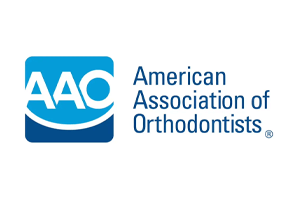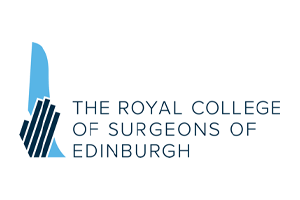When to use orthodontic wax
When you first start wearing your braces, it will take a few days for your mouth to adapt. During this time, your brackets or wires might aggravate the inside of your lips, causing soreness and even ulcers.
Your mouth will ‘toughen up’, but in the meantime, you can apply a topical mouth gel to relieve pain and inflammation and use orthodontic wax to prevent further irritation.
You can use orthodontic wax at the first sign of soreness – before an ulcer develops.
Occasionally, wax can come in handy in other circumstances. If a wire comes loose, for example, or your fixed retainer breaks, a tiny piece of wax can hold things in place and shield any sharp areas until you can visit us for a repair.

How to apply orthodontic wax
We include some wax in your orthodontic pack when you start your treatment.
You can apply the wax to any parts of your brace that rub to create a shield.
- Wash your hands and pinch off a small amount of wax – enough to cover the troublesome bracket or wire.
- Roll the wax into a small ball and gently push it onto the offending part of your brace.
Remove the wax when you clean your teeth to give your brace a thorough brush.
It’s okay to leave wax on overnight – and don’t worry if you swallow some accidentally.
If you need more wax, it’s available at the practice, or you can find it in most pharmacists.
Invisalign and dental wax
If you opt for Invisalign, you probably won’t experience any rubbing or irritation from your aligners.
Sometimes, the edge of an aligner might feel slightly rough. You can carefully smooth the aligner with an emery board or place a piece of wax along the edge of the aligner and contact us for advice.
If you have any questions about orthodontic wax or anything brace-related, our friendly team are here to help.








